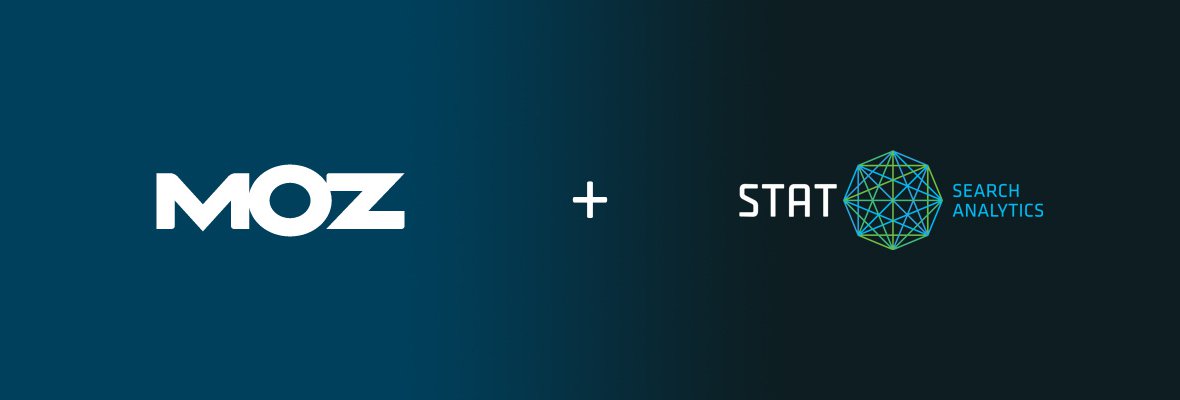Being an organic search marketer can be frustrating when even a search like "What is SEO?" We have to do everything better The answer isn't to give up – it's to recognize all of this new complexity, study it, and do our jobs better. For example, here's the average organic (SERPs with no features) curve from that study... This is why Moz has teamed up with STAT, and why we're doubling down on search. We'll be working hard to put that knowledge to work for STAT customers even as we evolve Moz's own toolsets. We're already doing work to better understand keyword intent and how it impacts keyword research – beyond semantically related keywords, how do you find the best keywords with local intent or targeted at the appropriate part of the sales funnel? Beyond keywords, Moz and STAT have both been market leaders in original industry research, and we'll be stronger together. You need to understand how results drive clicks, traffic, and revenue. You need to understand the entire ecosystem of keywords, links, and on-page SEO, and how those work together. By combining STAT's enterprise-level analytics with Moz's keyword research, link graph, and technical SEO tools (including both Site Crawl and On-demand Crawl), we're going to bring you the tools you need to demonstrate and drive bottom-line results.

Search is changing. As a 200-person search marketing software company, this isn’t just a pithy intro – it’s a daily threat to our survival. Being an organic search marketer can be frustrating when even a search like “What is SEO?” returns something like this…

…or this…

…or even this…

So, why don’t we just give up on search marketing altogether? If I had to pick just one answer, it’s this – because search still drives the lion’s share of targeted, relevant traffic to business websites (and Google drives the vast majority of that traffic, at least in the US, Canada, Australia, and Western Europe).
We have to do everything better
The answer isn’t to give up – it’s to recognize all of this new complexity, study it, and do our jobs better. Earlier this year, for example, we embarked on a study to understand how SERP features impact click-through rates (CTR). It turns out to be a difficult problem, but even the initial insights of the data were useful (and a bit startling). For example, here’s the average organic (SERPs with no features) curve from that study…

Various studies show the starting point at various places, but the shape itself is consistent and familiar. We know, though, that reducing everything to one average ignores a lot. Here’s a dramatic example. Let’s compare the organic curve to the curve for SERPs with expanded sitelinks (which are highly correlated with dominant and/or branded intent)…

Results with sitelinks in the #1 position have a massive 80% average CTR, with a steep drop to #2. These two curves represent two wildly different animals. Now, let’s look at SERPs with Knowledge Cards (AKA “answer boxes” – Knowledge Graph entities with no organic link)…

The CTR in the #1 organic position drops to almost 1/3 of the organic-only curve, with corresponding drops throughout all positions. Organic opportunity on these SERPs is severely limited.
Opportunity isn’t disappearing, but it is evolving. We have to do better. This is why Moz has teamed up with STAT, and why we’re doubling down on search. We recognize the complexity of SERP analytics in 2018, but we also truly believe that there’s real opportunity for those willing to do the hard work and build better tools.
Doubling down on RANKINGS
It hurts…

COMMENTS